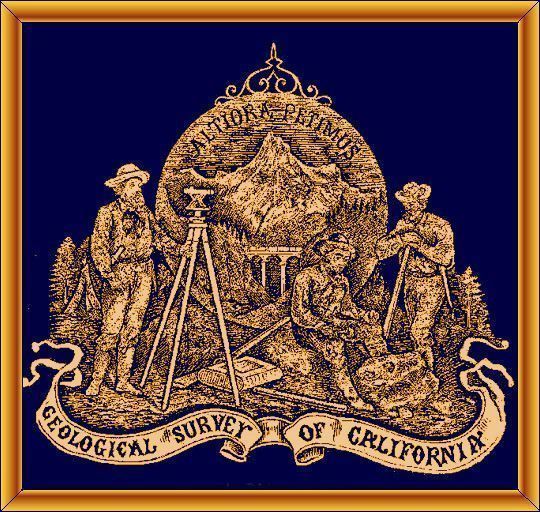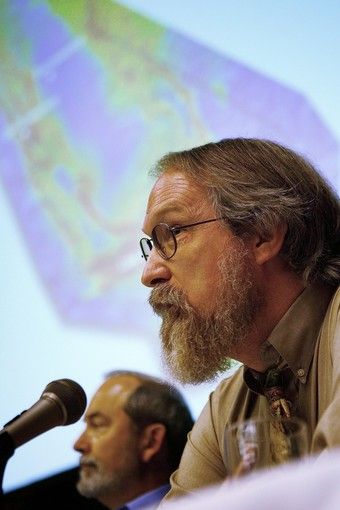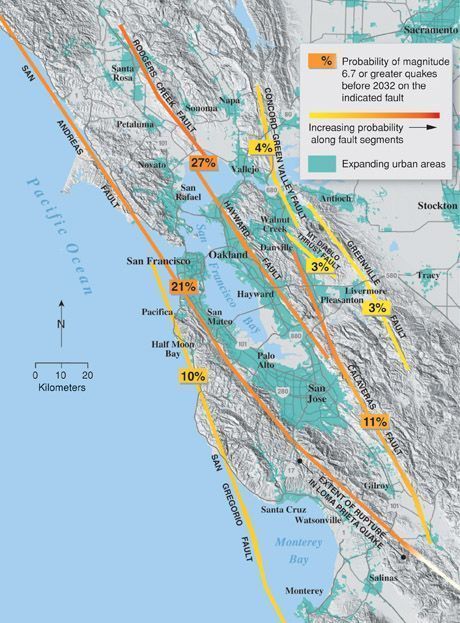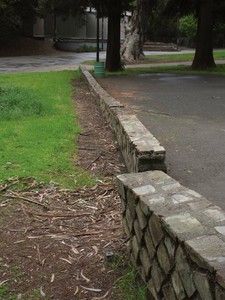
Late rains along the coast and low moisture in other parts of California portend a busy wildfire season in the months ahead.
It’s impossible to predict how much the state will need to pay for fire suppression costs in any give year, but CalFire spokesman Daniel Berlant says we can be confident that, even in the most difficult budgetary years, the money is there.
 The lion’s share of that funding goes to staffing the state fire agency, which Berlant explains is a combination of year-round positions augmented by seasonal hiring for the summer and early fall.
The lion’s share of that funding goes to staffing the state fire agency, which Berlant explains is a combination of year-round positions augmented by seasonal hiring for the summer and early fall.

 The key to sustaining agricultural biodiversity may be as close as the nearest backyard garden—even your own.
The key to sustaining agricultural biodiversity may be as close as the nearest backyard garden—even your own.

It’s easy to begin seed saving, explains Bill McDorman, but not all common garden plants readily lend themselves to the practice.

Seed saving begins in individual backyards, but the idea is tailor-made for scaling up to the community level, McDorman notes, and that’s just what is starting to happen.

Bill McDorman is the founder and president of the Seeds Trust mail order business, offering "vegetable, herb, wildflower and wild grass seed for a sustainable future." He will be speaking at at the Sebastopol Community Cultural Center annex building in Sebastopol, 425 Morris Street, on Sunday afternoon June 6th from 3-5 pm.
 What’s the ultimate solution for replacing fossil fuels with affordable alternatives? A detailed study by the Post-Carbon Institute says the only good answer available now is reduced demand and intensive conservation.
What’s the ultimate solution for replacing fossil fuels with affordable alternatives? A detailed study by the Post-Carbon Institute says the only good answer available now is reduced demand and intensive conservation.

The study tried to provide a comprehensive analysis, explains author Richard Heinberg, and surprisingly seems to have blazed a trail in doing so. [You can read or download the full report here.]
Energy sources are rarely located close to the areas of concentrated demand for energy, so in addition to shifting to a diverse array of renewable power generation methods, nations will also need to find ways of transporting electricity and other forms of energy to the places it is most needed. Heinberg predicts that will lead to hardships for the populations most reliant on energy imports.

Not only has the United States failed to conduct such a study of its own—something Heinberg suggests should be done ASAP, but he worries that the larger question of long-term energy policy planning is also getting scant attention, even as the oil continues to leak from the Deepwater Horizon wellhead in the Gulf of Mexico.
Richard's reflections and analysis of the larger implications of the Deepwater Horizon disaster are the subject of his most recent "Museletter," which you can read here.

Primary elections in California would be dramatically different if voters approve Proposition 14 in this year’s June 8 primary.

Backers of Prop 14, led by Lt. Gov. Abel Maldonado and Gov. Schwartzenegger (together at left) , say it will create more opportunities for moderate candidates from the two major parties to advance through the primary and on to the general election. No on 14 spokesman Dave Gilliard counters that this has not happened in the other stated with similar laws in place.

Another flaw in the initiative, according to Dave Gilliard, is that it would no longer require candidates in the primaries to be identified by their party affiliation on the ballot.


Another earlier attempt to reform the California Primary election process, Proposition 62, was quite different from Proposition 14 in the way it addressed third party candidates, notes Stop Top Two campaign leader Christina Tobin.
Read the SF Chronicle's analysis of Prop 14 here.
 As researchers are able to locate ever smaller earthquake fault-lines across California, they have more of them to add to the state’s newly updated geological maps.
As researchers are able to locate ever smaller earthquake fault-lines across California, they have more of them to add to the state’s newly updated geological maps.
 Ongoing research develops new information that is incorporated into the updated fault-line maps, says Chris Wills (foreground at right) of the California Geological Survey in Sacramento. Often that means adding new faults or changing the length of others that have been known for many years. But there are also infrequent cases where previously mapped faults are deleted.
Ongoing research develops new information that is incorporated into the updated fault-line maps, says Chris Wills (foreground at right) of the California Geological Survey in Sacramento. Often that means adding new faults or changing the length of others that have been known for many years. But there are also infrequent cases where previously mapped faults are deleted.
 Use this link to see the interactive map of recent fault activity. The new online maps give users considerable flexibility in how they view the information. Wills has some tips for getting the most out of them.
Use this link to see the interactive map of recent fault activity. The new online maps give users considerable flexibility in how they view the information. Wills has some tips for getting the most out of them.
 Faultlines lie on the earth’s surface, but they are mostly visible to the trained geologist’s eye. But instances of what is known as “surface creep,” where one side of the fault is moving away from the other, provide distinctive clues, Wills says. If you know what to look for.
Faultlines lie on the earth’s surface, but they are mostly visible to the trained geologist’s eye. But instances of what is known as “surface creep,” where one side of the fault is moving away from the other, provide distinctive clues, Wills says. If you know what to look for.
In Hayward's Memorial Park, this 1930s wall has been noticeably offset by fault creep. Photo by John Karachewski.

 Live Radio
Live Radio